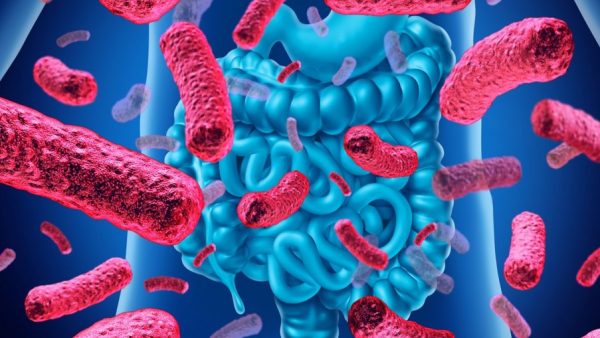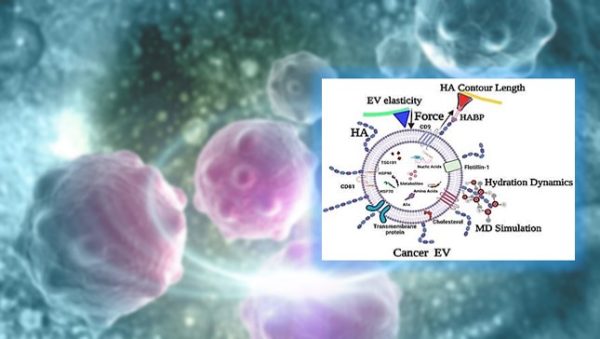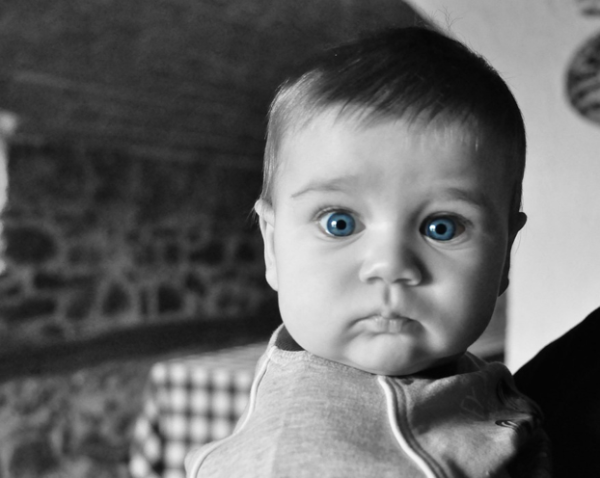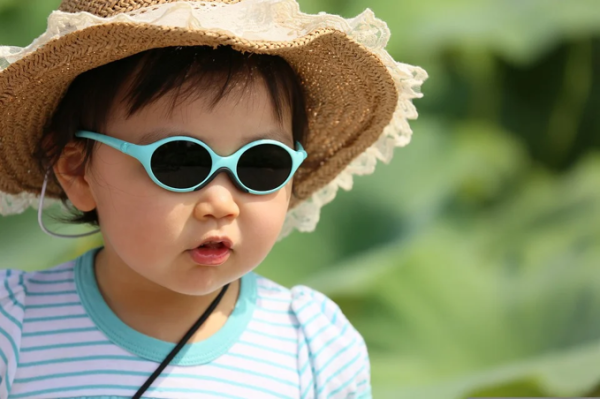
92 Foods that can fight Cancer, Diabetes, And Heart Disease!!
The alkaline diet is based on evidence that suggests that acid-forming foods prevent the body from healing properly and the diet replaces those foods with alkaline options. Acid-forming foods leave an ash in your body as your system works to metabolize the food. This leaves your body acidic and potentially makes you more susceptible to diseases and illnesses. In contrast, alkaline foods keep your body basic and is believed to provide stronger protection for the body.
Alkaline foods have been shown to lower blood pressure and cholesterol, both of which are huge contributing factors to cardiovascular diseases. The diet can also influence and help with weight loss, which in turn reduces the risk of contracting type 2 diabetes and osteoarthritis. Though it has not yet been proven to prevent cancer, an alkaline diet can make some chemotherapy treatments more effective and less toxic on the body.
Acidic foods include meat, poultry, fish, grains, eggs, dairy, caffeine, and alcohol and consist of protein, phosphate, and sulfur. Alkaline foods are typically fruits, nuts, vegetables, soybeans, tofu and seeds, consisting of calcium, magnesium, and potassium.
The diet focuses on eliminating acidic foods as often as possible and making alkaline items a main part of the food intake each day. View the great infographics below from Acid Alkaline Food to see a breakdown of which foods to stick with and which to avoid.
Here is an extension to the list of alkaline foods to get you jump-started on the diet, if you are interested:
Vegetables:
- Mustard Greens
- Alka
- Mushrooms
- Nightshade Veggies
- Parsnips (high glycemic)
- Sweet potatoes
- Pumpkin
- Peppers
- Wild Greens
- Sea Veggies
- Edible Flowers
- Eggplant
- Fermented Veggies
- Green Beans
- Chard Greens
- Chlorella
- Collard Greens
- Spirulina
Fruit
- Tropical Fruits
- Umeboshi Plums
- Dried figs
- Honeydew Melon
- Sour cherries
- Rhubarb
Protein
- Tempeh (fermented)
- Millet
- Chestnuts
Spices & Seasonings
- Sea Salt
- Miso
- Tamari
- All Herbs
- Ginger
- Cinnamon
- Curry
- Chili pepper
Others
- Mineral water
- Apple cider vinegar
- Green Juices
- Veggie Juices
- Fresh Fruit Juice
- Molasses
- Probiotic Cultures
- Bee pollen
Article by: By Brianna Acuesta @www.trueactivist.com & for more information visit www.trueactivist.com
Image credit: Image by Couleur from Pixabay (Free for commercial use)
Author: HealthyLife | Posted on: October 20, 2022
« Fortified milk is critical for boosting health and immunity during Covid -FSSAI Dhara Mustard Hybrid DMH-11 Genetically Modified Mustard Crop Field Trial Approved In India »








